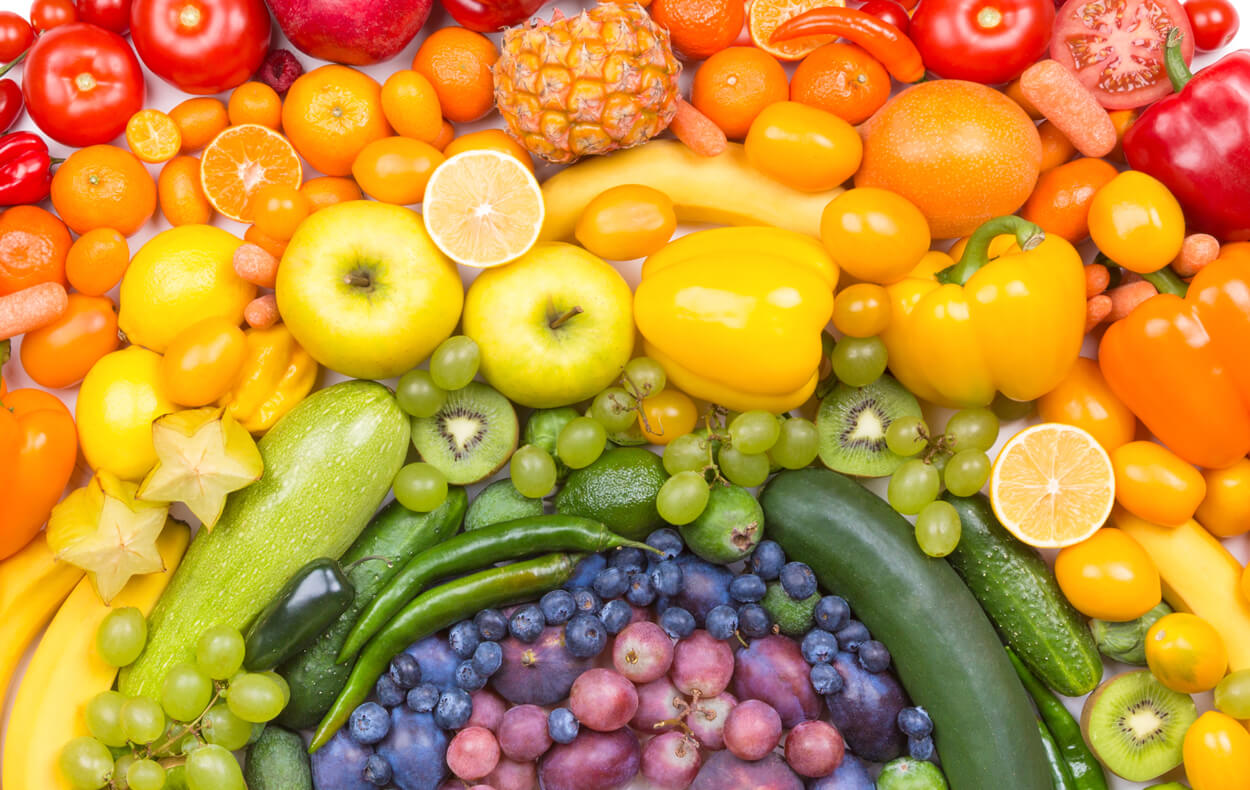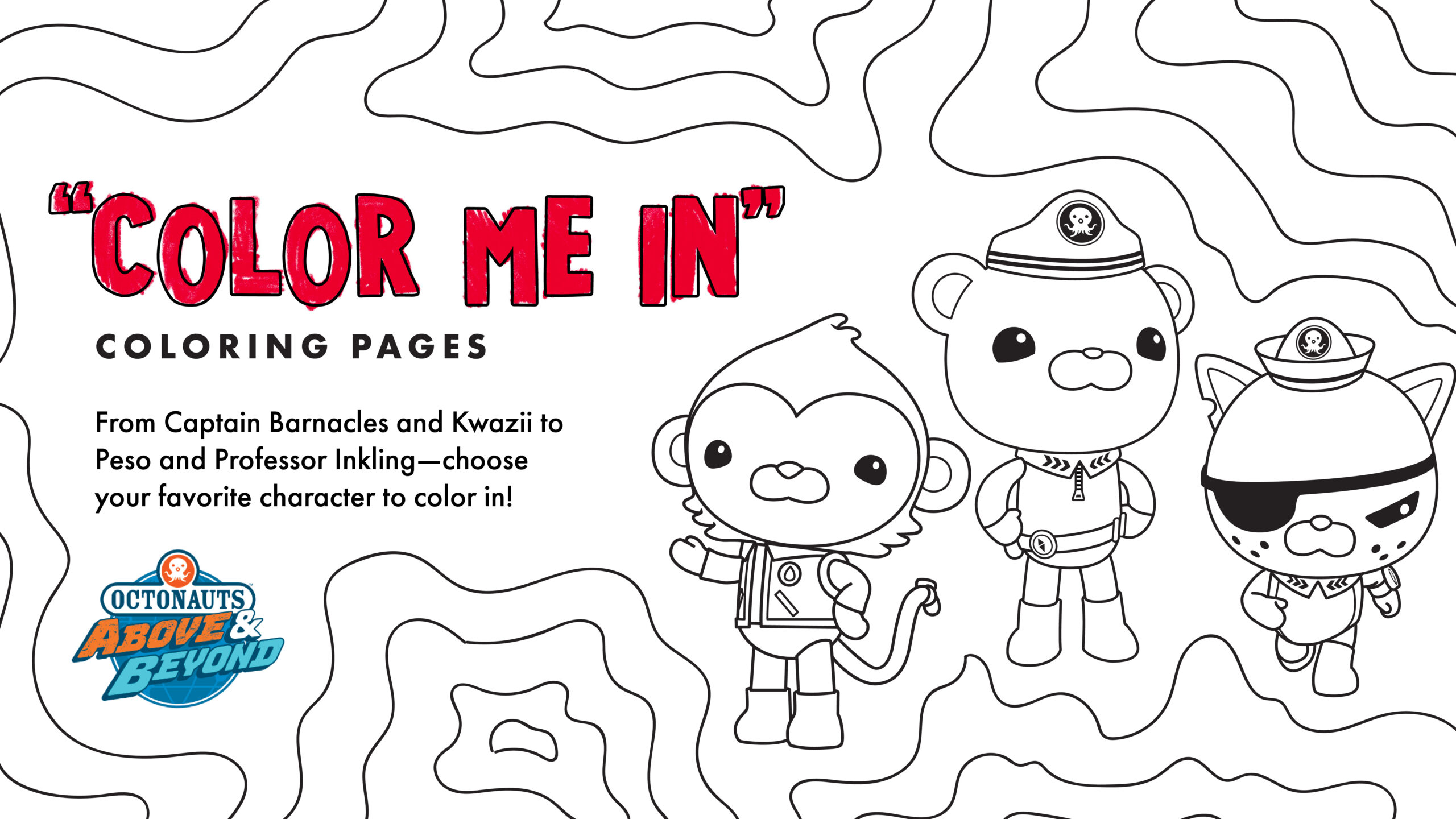


Suzanne Nelson, ScD, RDN
Sports Nutritionist, Speaker & Author
So what does color have to do with diet anyway? In a word: phytonutrients. “Phyto” refers to the Greek word for plant. There are more than 25,000 of these natural substances that help protect plants from germs, fungi and bugs. These phytonutrients (also known as phytochemicals) not only benefit the plant, but us humans too, since they pass along their health promoting properties when we eat them!
Fruits and vegetables are the most concentrated source of phytonutrients. Other plant foods like whole grains, legumes/beans, nuts, seeds, herbs and spices also contain phytonutrients but in lesser amounts. Some phytochemicals are pigments that give color—while others are colorless. Although research hasn’t determined exactly how all of these substances work together, we do know that eating the colors of the rainbow provides a variety of phytonutrient-filled foods that contribute to overall health and disease prevention. Those of us who include fruits and vegetables as part of a healthy diet are likely to have reduced risk of type 2 diabetes, heart disease, stroke, high blood pressure and certain cancers.
Take a look at your food journal and circle all of the colorful foods that you eat. Group them into the following hues: Purple/Blue, Green, Orange/Yellow, Red, Yellow/Green and White. Make a note of how many servings that you had of each fruit and vegetable. The chart below will help you estimate.
Typical serving sizes that equal a cup:
Half of our plate should be fruits and veggies.
Based on your calculations, which colors do you include the most? Which ones are you missing? Depending on activity level, adults should be eating about 2 cups of fruit and 2 1/2 cups of vegetables every day. Another way to look at it is that half of our plate should be fruits and veggies. Most of us don’t come close. So what does this mean in terms of our health?
bolster vision and immune function.
Orange/yellow fruits and vegetables have natural plant pigments called “carotenoids.” Beta-carotene in sweet potatoes, pumpkins and carrots is converted to vitamin A, a key nutrient needed for vision and immune function, as well as skin and bone health. Scientists have also reported that carotenoid-rich foods can help reduce risk of certain cancers and heart disease. Orange/yellow:
reduce the risk of certain cancers and heart diseases.
Lycopene is the predominant pigment in red fruits and veggies and is associated with a reduced risk of certain cancers and heart disease. Tomato-based products have the highest concentration of lycopene. Interestingly, cooked tomato sauce has greater health benefits compared with the uncooked version because the heating process allows all carotenoids—including lycopene—to be more easily absorbed. Red:
fight off cataracts and macular degeneration.
The natural plant pigment chlorophyll gives green fruits and vegetables their color. Green vegetables are excellent sources of carotenoids. Spinach and other dark leafy greens, green peppers, peas, cucumber and celery all contain lutein. Lutein works with another chemical, zeaxanthin, found in corn, red peppers, oranges, grapes and egg yolks to help keep eyes healthy. Together, these chemicals may help reduce risk of cataracts and age-related macular degeneration. The “indoles” found in cruciferous vegetables like broccoli, cauliflower and cabbage may have a protective effect against certain types of cancer. Green:
help prevent cancer, stroke and heart disease.
The blue/purple hues found in raisins, blueberries and other fruits and vegetables are from anthocyanins. These compounds are associated with reduced risk of cancer, stroke, and heart disease. Blue/purple:
strengthen body cells and tissues.
A group of phytonutrients called flavonoids are mostly colorless. They help the body to counteract free-radical formation that can cause significant damage to body cells and tissues. White/off-white:
Next step – how are you going to make over your daily intake? Enhance the colors on your plate by adding fruits or vegetables to casseroles, cereal, side dishes or sandwiches. Eat them as a quick and easy snack. Check out the meal plan below for some ideas. Along with vitamins, minerals and fiber, the fruits and vegetables were added to increase phytonutrient content.
Get ready—because next time, we’re going a little nutty!



Notifications